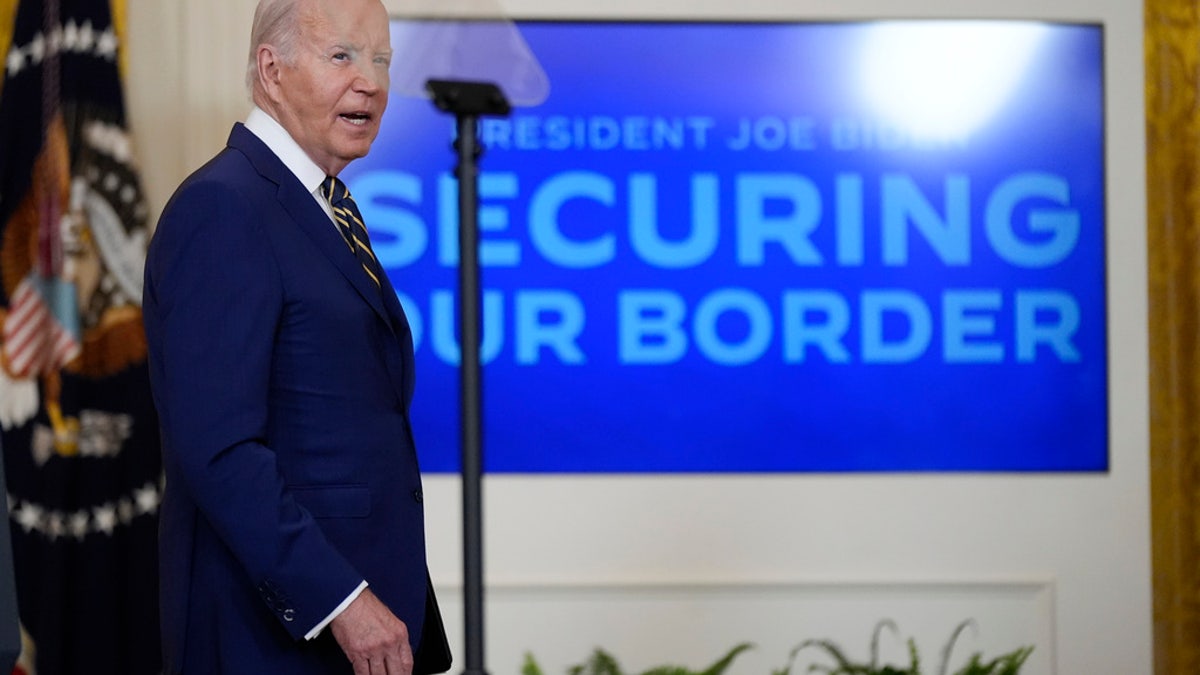The Biden administration's open-border policies have led to a record influx of undocumented immigrants, straining resources and sparking debate. This article examines the key issues surrounding this crisis and proposes practical solutions for a more secure and sustainable approach to border management.

The influx of migrants at the US Southern border has created a complex challenge.
Misconceptions and Realities
Several misconceptions have clouded the immigration debate. It's crucial to differentiate between legal and illegal immigration. While legal immigration follows established congressional guidelines, the recent surge has largely bypassed these processes. Furthermore, claims that undocumented immigrants commit fewer crimes than U.S. citizens are statistically questionable, and the economic benefits of immigration are not universal. While skilled immigrants can contribute positively, those lacking education or English proficiency often strain social services and become a financial burden.

Migrant crossings at the Southern border have increased significantly.
The Cost of Inaction
The economic impact of unchecked illegal immigration is substantial. Estimates suggest annual costs exceeding $150 billion, including healthcare expenses and social services. Moreover, the Biden administration's attempt to mandate healthcare coverage for undocumented immigrants was recently overturned, highlighting the legal and financial complexities of the issue.
A Path Forward
The current border crisis is not inevitable but a consequence of policy choices. To address it effectively, a multi-pronged approach is necessary:
1. Reinstate the Migrant Protection Protocols (MPP):
Requiring asylum seekers to remain in Mexico while their claims are processed can deter frivolous applications and manage the flow more effectively.
2. Control Funding:
Redirecting funds from NGOs that facilitate illegal immigration towards bolstering law enforcement can help stem the tide.
3. Strengthen Border Security:
Enhancing physical barriers, deploying advanced technology, and empowering Border Patrol to enforce existing laws are crucial steps.
4. Enforce Interior Immigration Laws:
Addressing the backlog of deportations and ensuring compliance with immigration laws within the U.S. are essential.
5. State and Federal Cooperation:
Collaboration between state and federal authorities is vital to ensure consistent enforcement and prevent the provision of benefits to undocumented immigrants.
By implementing these measures, we can restore order at the border, protect our national interests, and establish a more sustainable immigration system that benefits all.








